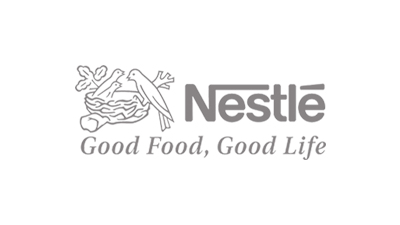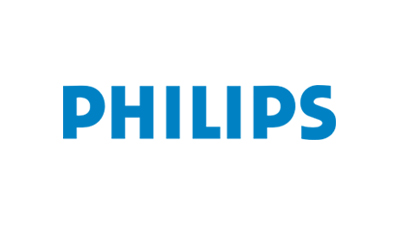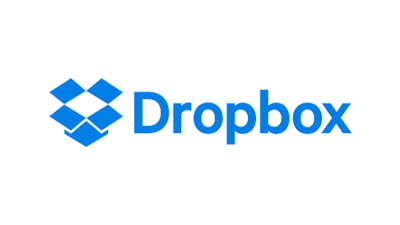Gastrointestinal (GI) disorders include functional bowel diseases such as irritable bowel syndrome (IBS) and inflammatory bowel diseases such as Crohn's disease (CD) and colitis. Some gastrointestinal drug can control or moderate the symptoms of gastrointestinal disorders. The global average gross margin of Gastrointestinal is in a slight decreasing trend, and the gross margin is 63% in 2015. Europe region is the largest supplier of Gastrointestinal, with a production revenue market share nearly 50% in 2015. North America is the second largest supplier of Gastrointestinal, enjoying production revenue market share nearly 22% in 2015. North America is the largest consumption place, with a consumption value market share nearly 52% in 2015. Following North America, Europe is the second largest consumption place with the consumption value market share of 22% in 2015. Market competition is intense. AstraZeneca, Sanofi, Bayer, Pfizer, GlaxoSmithKline, etc. are the leaders of the industry, and they hold high-end customers, and their products are famous in the world. With the development of economic, more and more companies participate in this industry with their new type products. Since the COVID-19 virus outbreak in December 2019, the disease has spread to almost 100 countries around the globe with the World Health Organization declaring it a public health emergency. The global impacts of the coronavirus disease 2019 (COVID-19) are already starting to be felt, and will significantly affect the Gastrointestinal market in 2020. COVID-19 can affect the global economy in three main ways: by directly affecting production and demand, by creating supply chain and market disruption, and by its financial impact on firms and financial markets. The outbreak of COVID-19 has brought effects on many aspects, like flight cancellations; travel bans and quarantines; restaurants closed; all indoor events restricted; over forty countries state of emergency declared; massive slowing of the supply chain; stock market volatility; falling business confidence, growing panic among the population, and uncertainty about future. This report also analyses the impact of Coronavirus COVID-19 on the Gastrointestinal industry. Based on our recent survey, we have several different scenarios about the Gastrointestinal YoY growth rate for 2020. The probable scenario is expected to grow by a xx% in 2020 and the revenue will be xx in 2020 from US$ 34140 million in 2019. The market size of Gastrointestinal will reach xx in 2026, with a CAGR of xx% from 2020 to 2026. With industry-standard accuracy in analysis and high data integrity, the report makes a brilliant attempt to unveil key opportunities available in the global Gastrointestinal market to help players in achieving a strong market position. Buyers of the report can access verified and reliable market forecasts, including those for the overall size of the global Gastrointestinal market in terms of revenue. Players, stakeholders, and other participants in the global Gastrointestinal market will be able to gain the upper hand as they use the report as a powerful resource. For this version of the report, the segmental analysis focuses on revenue and forecast by each application segment in terms of revenue and forecast by each type segment in terms of revenue for the period 2015-2026. Regional and Country-level Analysis The report offers an exhaustive geographical analysis of the global Gastrointestinal market, covering important regions, viz, North America, Europe, China, Japan, Southeast Asia, India and Central & South America. It also covers key countries (regions), viz, U.S., Canada, Germany, France, U.K., Italy, Russia, China, Japan, South Korea, India, Australia, Taiwan, Indonesia, Thailand, Malaysia, Philippines, Vietnam, Mexico, Brazil, Turkey, Saudi Arabia, UAE, etc. The report includes country-wise and region-wise market size for the period 2015-2026. It also includes market size and forecast by each application segment in terms of revenue for the period 2015-2026. Competition Analysis In the competitive analysis section of the report, leading as well as prominent players of the global Gastrointestinal market are broadly studied on the basis of key factors. The report offers comprehensive analysis and accurate statistics on revenue by the player for the period 2015-2020. It also offers detailed analysis supported by reliable statistics on price and revenue (global level) by player for the period 2015-2020. On the whole, the report proves to be an effective tool that players can use to gain a competitive edge over their competitors and ensure lasting success in the global Gastrointestinal market. All of the findings, data, and information provided in the report are validated and revalidated with the help of trustworthy sources. The analysts who have authored the report took a unique and industry-best research and analysis approach for an in-depth study of the global Gastrointestinal market. The following players are covered in this report: AstraZenec Sanofi Bayer Pfizer GlaxoSmithKline Teva Zeria?Tillotts? Perrigo Boehringer Ingelheim Purdue Pharma C.B. Fleet Abbott Jiangzhong Xian-Janssen Gastrointestinal Breakdown Data by Type Prescription Gastrointestinal Drug OTC Gastrointestinal Drug Gastrointestinal Breakdown Data by Application Chronic Gastritis Functional Dyspepsia Peptic Ulcer Acute Gastroenteritis Other
1 Report Overview 1.1 Study Scope 1.2 Key Market Segments 1.3 Players Covered: Ranking by Gastrointestinal Revenue 1.4 Market Analysis by Type 1.4.1 Global Gastrointestinal Market Size Growth Rate by Type: 2020 VS 2026 1.4.2 Prescription Gastrointestinal Drug 1.4.3 OTC Gastrointestinal Drug 1.5 Market by Application 1.5.1 Global Gastroin









